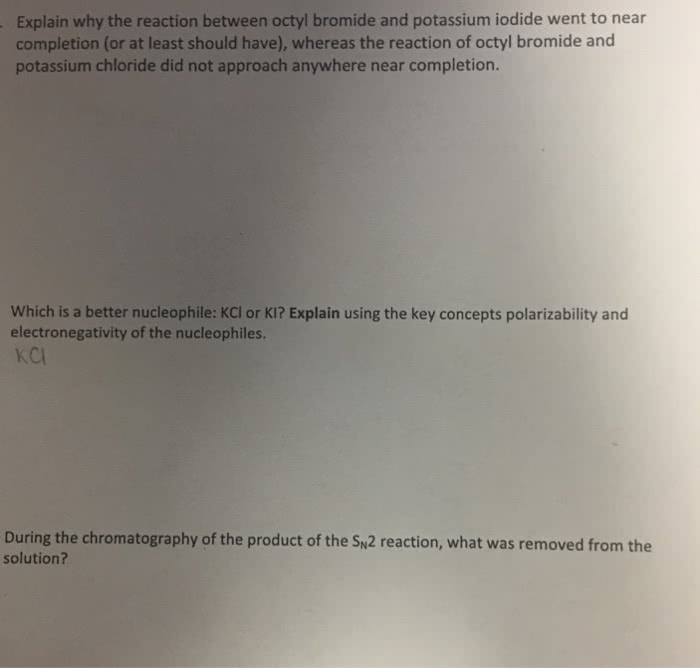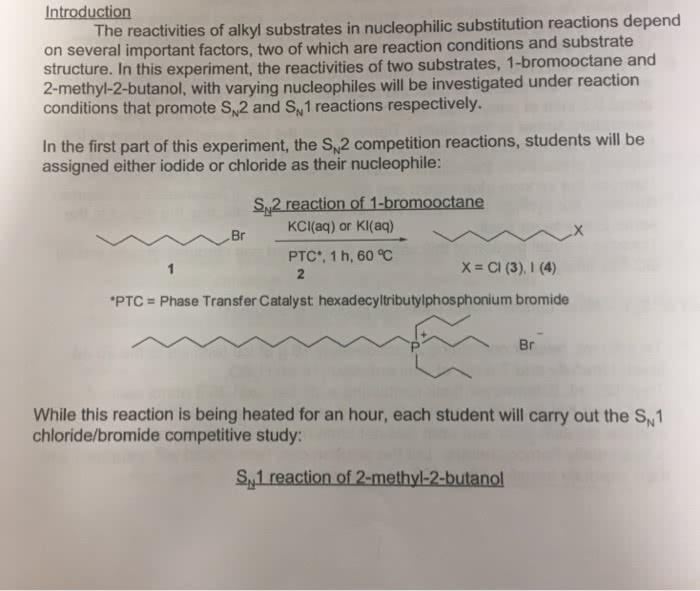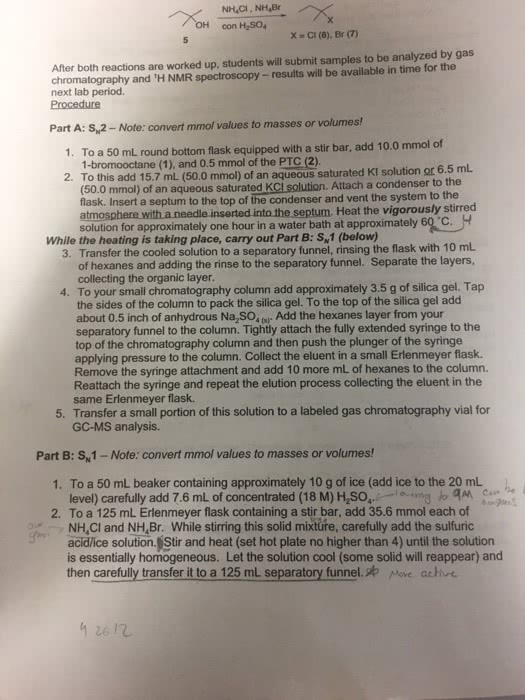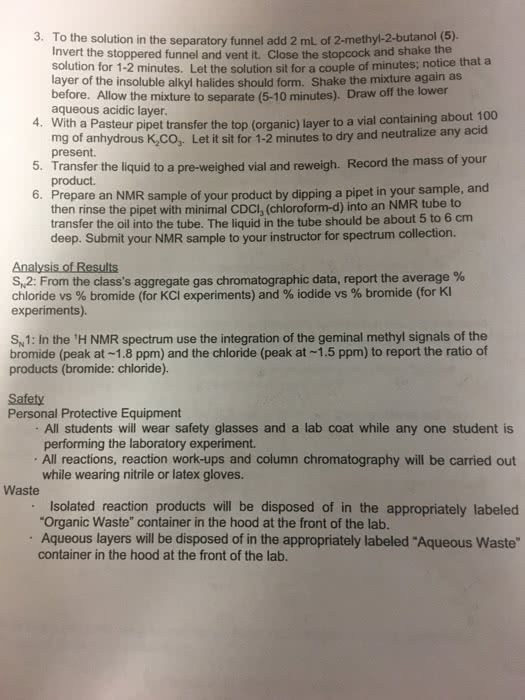CHEM 2323 Study Guide - Midterm Guide: Rate-Determining Step, Polarizability, Conjugate Acid
Document Summary
The more negative the nucleophile, the more it will be attracted to the positive electrophile. More polarizable is better so that the nucleophile-electrophile bond can start forming over a longer distance. A bigger electron cloud is easier to distort. (remember that atomic size increases down the periodic table) Makes it easier for nucleophile to approach the electrophile. Solvents can be classified as: (a) protic or aprotic (b) polar or nonpolar. The ideal solvent for sn2 reactions should be polar aprotic, for reasons explained below. Some polar aprotic solvents are acetonitrile, acetone, and dmf. That means they can give up protons (eg. -oh or nh bonds). They solvate (surround) the nucleophile, making it less reactive towards the electrophile. If you have a protic solvent, the reaction will tend to favor large nuc over small nuc because it is harder for the solvent to surround a large nucleophile completely.




